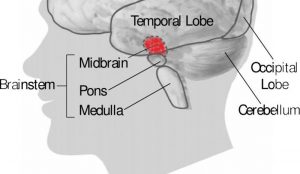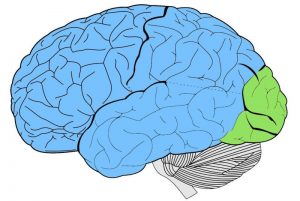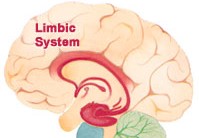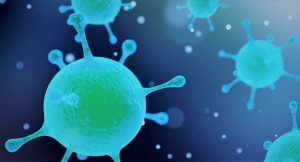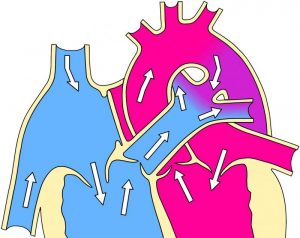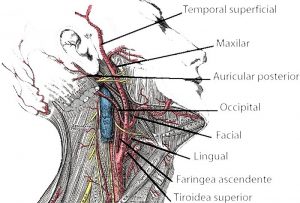Aneuploidy
Aneuploidy is a condition in which a mutation occurs in the number of chromosomes. Chromosomes are those structures that our body has formed by DNA and proteins. These structures are fundamental for a good development because they contain the genetic information of a person.
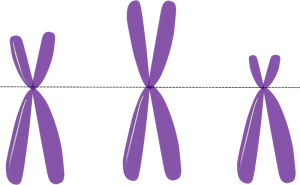
Medical genetics
- CIE-10: Q90-Q99
- CIE-9: 758
- MeSH: D000782
What is Aneuploidy?
It is a chromosomal alteration in the number of chromosomes caused by a genetic mutation. There may be an excess or a decrease in the number of chromosomes. Aneuploidy is responsible for most genetic mutations or syndromes present in fetuses and newborns. It can also cause miscarriages during pregnancy.
In aneuploidy, there is a noticeable change originated in cells, causing more or less chromosomes than normal, causing different types of genetic mutations or syndromes in the fetus. It is also possible to find this type of cell change in cancerous processes. The best known aneuploidy around the world is Trisomy 21. When the number of chromosomes is abnormally high, it will produce miscarriages during gestation. If the number of chromosomes is lower, it is known as monosomy and is responsible for triggering Turner Syndrome. Generally, these patients have physical or mental developmental deficiencies, or both. On many occasions, pregnancy is interrupted, which is a very common complication of this condition. All changes in genetic material are known as mutations.
Causes of the aneuploidy
Chromosomal changes that lead to aneuploidy can be caused for two reasons. The first, because there is a noticeable delay in chromosome meiosis causing the chromosome to be lost during anaphase (the stage when chromosomes separate). The second and most common cause is because there is no adequate disjunction or meiotic segregation during meiosis or mitosis. When we refer to disjunction, we are talking about normal chromosome segregation of the body, not disjunction indicates that there has been a problem in the chromosome formation process.
Types of aneuploidy
Each human being has a set of 46 chromosomes organized into two sets or chromosomes pairs. When this happens, it is said to be an euploid cell and indicates that the chromosome sets are correctly organized into complete and organized pairs. On the contrary, when there are more or fewer chromosomes than the normal number, we say it is an aneuploid cell.
Aneuploidies are classified in two ways:
- Depending on the chromosome type that is affected: sexual or autosomal. Sexual chromosome aneuploidy and autosomal aneuploidy.
- Depending on the number of extra or missing chromosomes:
- Nullisomy: a pair of homologous chromosomes is missing.
- Monosomy: occurs when only one non-sexual chromosome is missing.
- Disomy: when there are two extra chromosomes.
- Trisomy: when there is only one extra chromosome, that is, there will be 47 chromosomes in total.
- Tetrasomy: refers to the gain of two chromosomes, the individual will have 48 chromosomes.
- Pentasomy: is the presence of three x chromosomes in women.
Risk
The main risk factor that exists for aneuploidy presence during maternal age, although this relationship is unknown, studies indicate that advanced age, mainly over 45 years, is closely related to the appearance of the anomaly, mainly by the increase or decrease in the number of cell chromosomes because the ovules are older and are more likely to lose disjunction. The main risk to the fetus is developing a genetic disease that puts its life at risk or causes early termination of pregnancy. Embryos that do not have some of their sex chromosomes do not complete their development until birth, so this type of monosomies are lethal. Trisomy also avoid the complete development of the embryo, however, in some cases, an extra chromosomes copy allows them to survive for several years with serious problems in their physical development.
Treatment of the aneuploidy
There is no indicated treatment for genetic mutations. Mainly, it is based on giving support measures to patients suffering from the disease to provide them with a better quality of life.
Aneuploidy in pregnancy
Prenatal screening for aneuploidy has changed over the last few years because now, thanks to technology, they can be accurately identified. The detection of DNA in the fetus and in the maternal blood is able to detect some of the most common trisomy’s of the sex chromosome. These procedures are most successful in women over the age of 45. Education and psychological support are an important part of treatment once chromosome errors are diagnosed.
How to cite this article?
Briceño V., Gabriela. (2019). Aneuploidy. Recovered on 24 February, 2024, de Euston96: https://www.euston96.com/en/aneuploidy/



